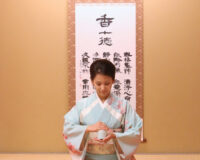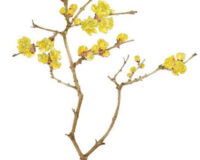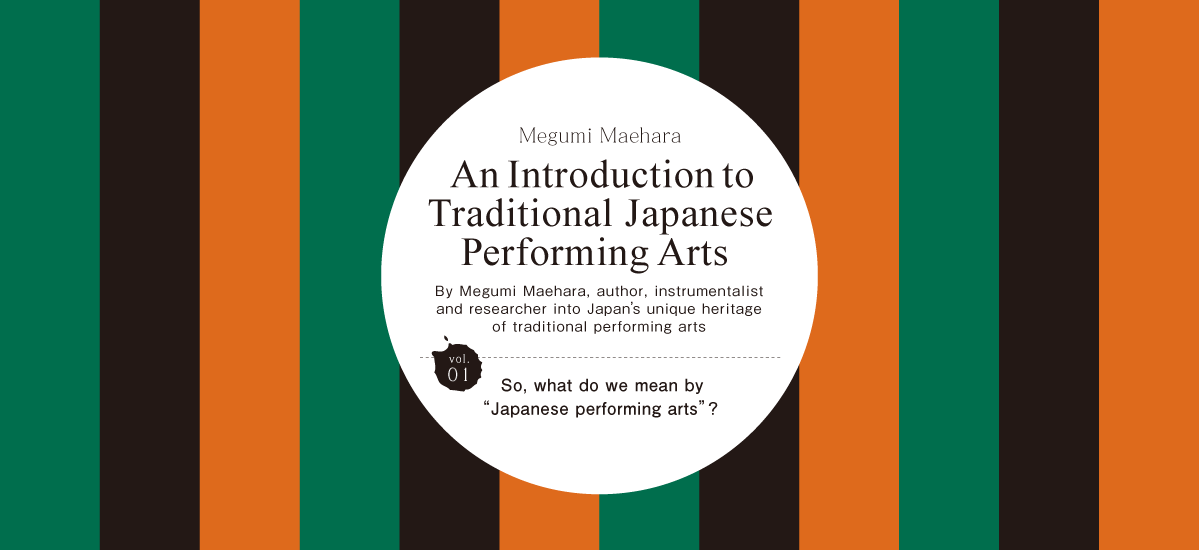
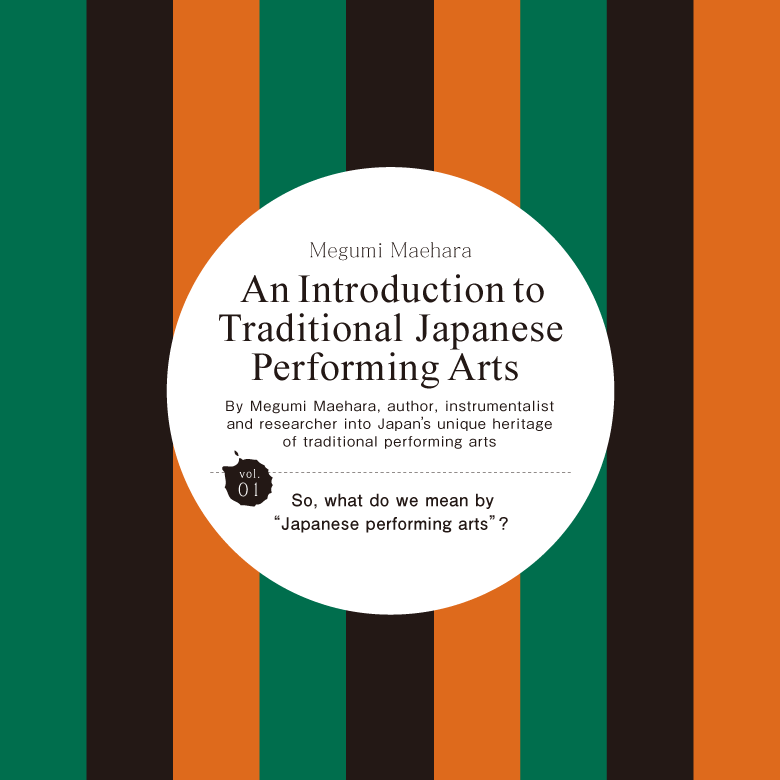
A world of entertainment that attracts, fascinates and inspires. Explore how Japan’s traditional performing arts have developed and been regarded through the ages.
Text : 前原恵美 Megumi Maehara / English Version : Judy Evans
Keyword : Japanese performing arts / Noh / Kabuki / Buyō / Intangible Cultural Heritage / Traditional Japanese Performing Arts Series
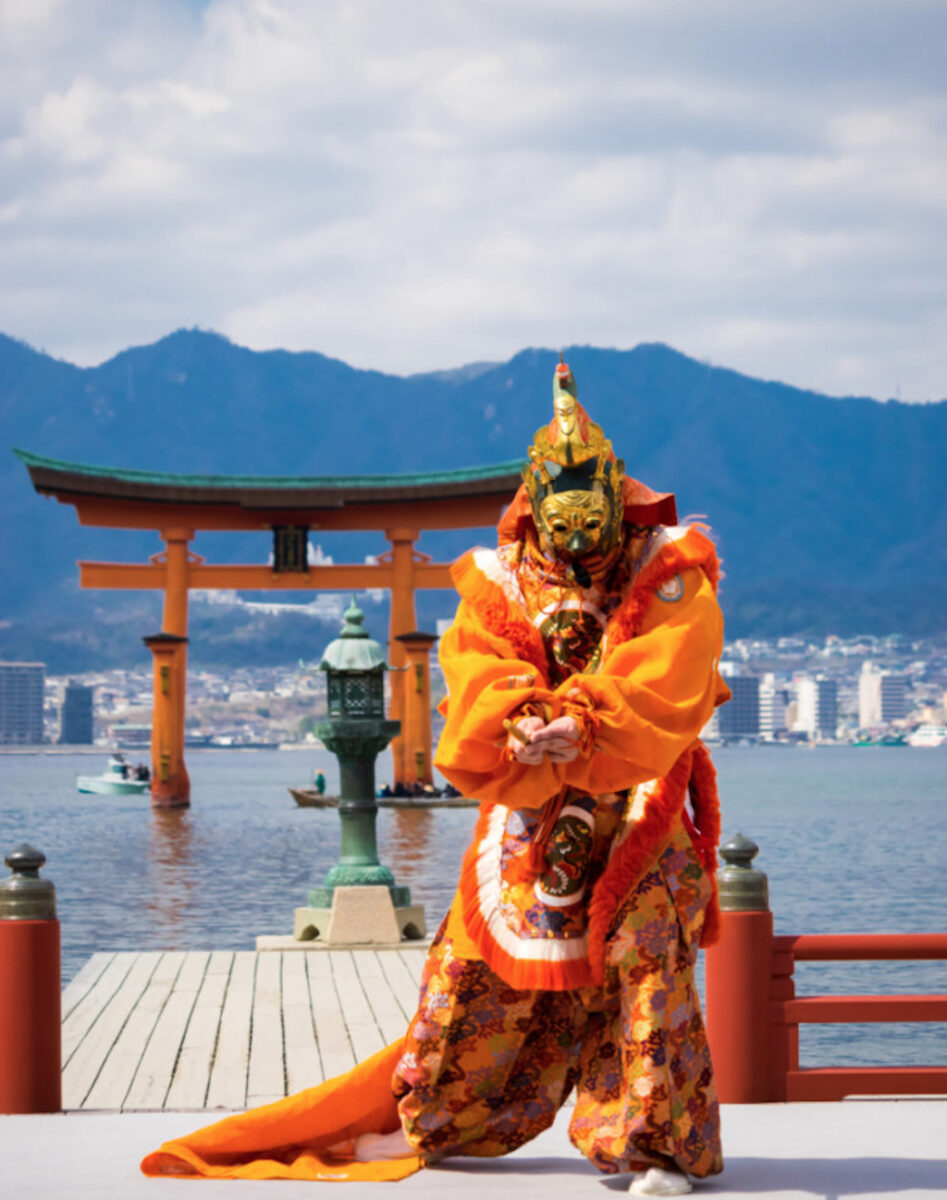
What is the relationship between Japanese traditional, classical and folk performing arts?
Retaining their essential characteristics through the centuries, traditional Japanese performing arts – a vital part of Japanese culture – continue to be ingeniously crafted to remain relevant to successive generations.
Traditional Japanese performing arts can be categorized as either classical performing arts (koten geinō) or folk performing arts (minzoku geinō). Both have been passed down through the ages, retaining the original framework of their various genres, but also adapting to different periods in time. So how do these two closely connected aspects of traditional performing arts differ from each other?
Classical performing arts tend to be seen as essentially the preserve of professionals – actors, dancers and musicians. Audiences, having an underlying appreciation of the value of these ‘high arts’, pay to see performances. Folk arts, on the other hand, are presented by local amateur performers in the various regions, who earn their livelihoods by other means. Because the folk arts are performed as an integral part of religious and customary events, they are not necessarily viewed, nor even intended, as stand-alone performances. And as part of everyday activities, there is generally no expectation of payment for folk performances. (Although, in recent years there have been presentations of folk performances at venues such as the National Theatre in Tokyo.)
With classical performing arts intended to be appreciated as ‘high arts’, and folk performances as part of religious events and festivals, the roles that these two aspects of traditional performing arts play in Japanese life clearly differ. However, handed down in a continuous line through the ages, both classical and folk performing arts continue to exist side by side.
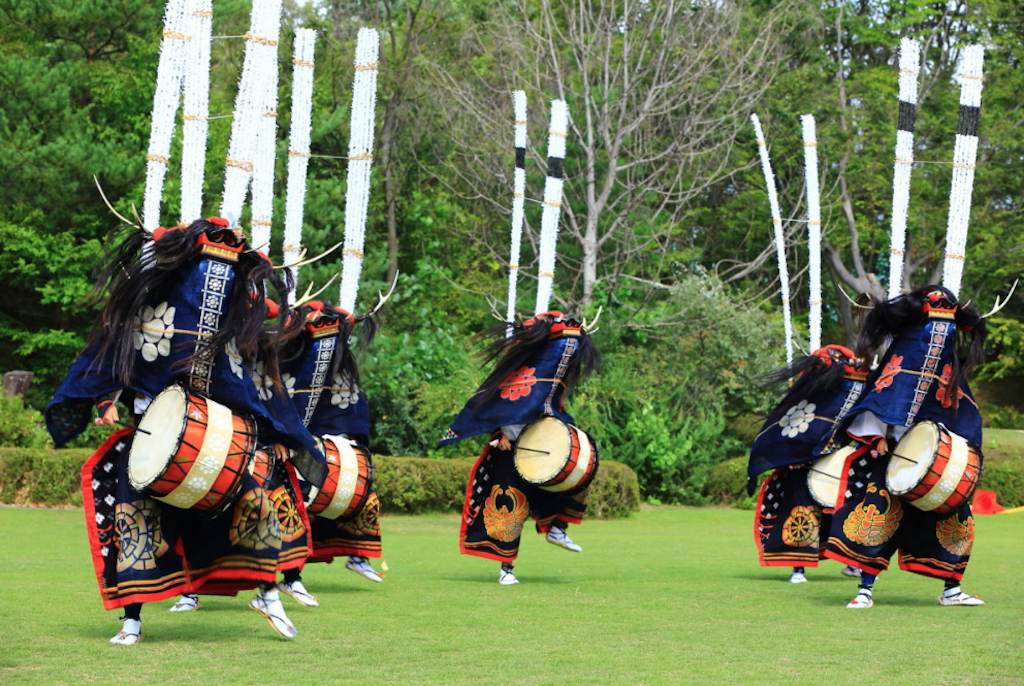
Interacting with and influencing each other, rather than existing in isolation
Within the development of each genre of Japanese classical performing arts, there is a well-established heritage of adopting, influencing and making reference to other classical performance genres. This cross-pollination is not limited to the classical performing arts, however – there is also a rich history of mutual influence between classical and folk performing arts.
In fact, various aspects of classical and folk performing arts have intersected through the ages. For instance, programs from classical Kabuki have made their way to the provinces and have ended up being performed at local festivals. Conversely, folk performance pieces strongly associated with particular regions such as the Echigo-jishi (Echigo Lion Dance, a comical piece involving acrobatics and a huge lion mask, from the former Echigo Province) or Mikawa Manzai (a comical recital from the Mikawa area, originally performed by shamans to invite good fortune) have been incorporated into classical Kabuki and Buyō (classical dance).
Manabi-Japan invites you on a fascinating journey to explore the breadth of Japanese culture. In our exploration of the Japanese performing arts, we will encounter different genres and learn about the roles that these arts play in Japanese life. As we unravel, in this section of Manabi-Japan, the history of the various chemical reactions that have occurred within the classical performing arts, we will also discover, in the Life and Events section of Manabi-Japan, more about classical performance’s close relative, traditional folk performance.
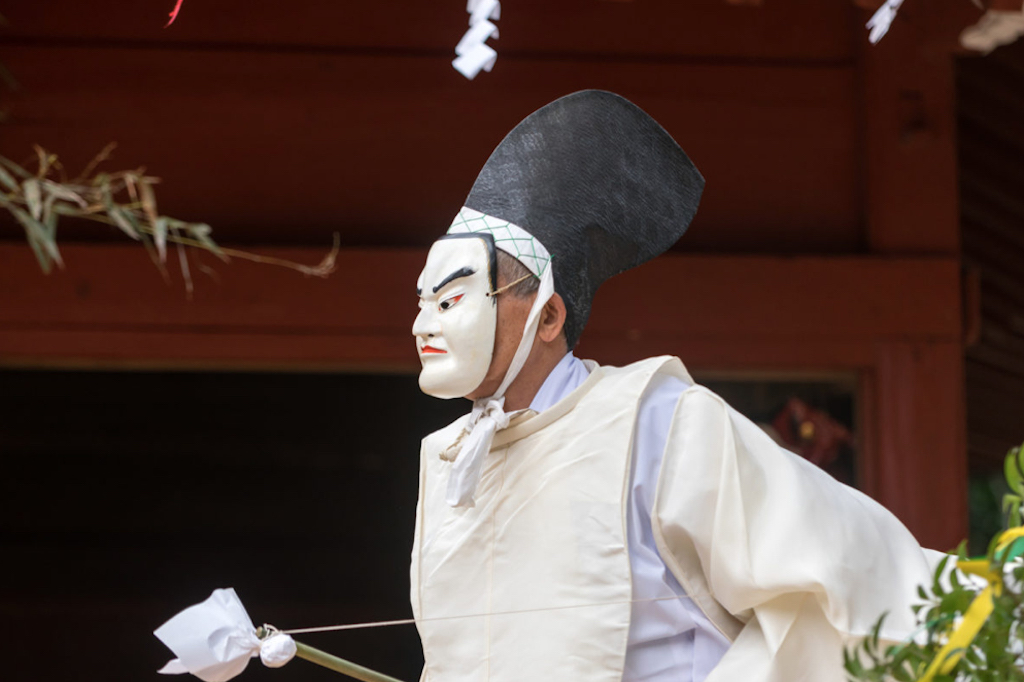
Japanese classical performing arts on the UNESCO Intangible Cultural Heritage of Humanity list
Traditional Japanese performing arts have captured the hearts of many and have gained world-wide recognition. Among these, Nōgaku (Noh Theatre), Ningyō Jōruri Bunraku (the form of bunraku puppet theatre performed with chanted ballads accompanied by shamisen) and classical Kabuki (that which is directed and performed in the traditional manner) were designated by UNESCO in 2008 as Intangible Cultural Heritage of Humanity.
Rather than existing in splendid isolation, traditional performing arts, including musical performance, have been able to establish their own distinctive worlds of creative ingenuity, while at the same time having common aspects and benefitting richly from influences from each other. As we explore the relationships between the traditional Japanese performing arts and discover the secrets that lie within, we will find that our appetite for more knowledge will only grow stronger!




